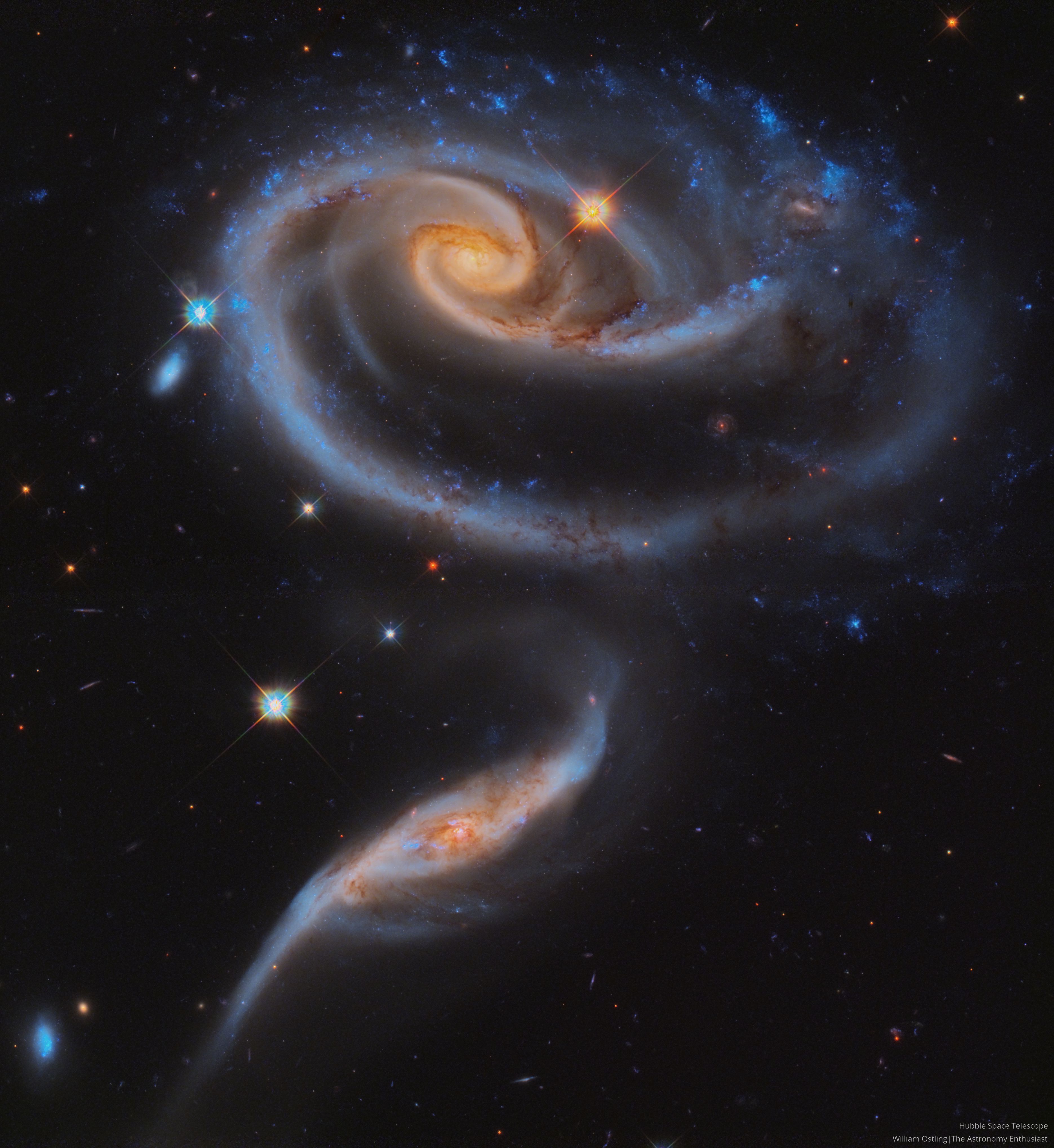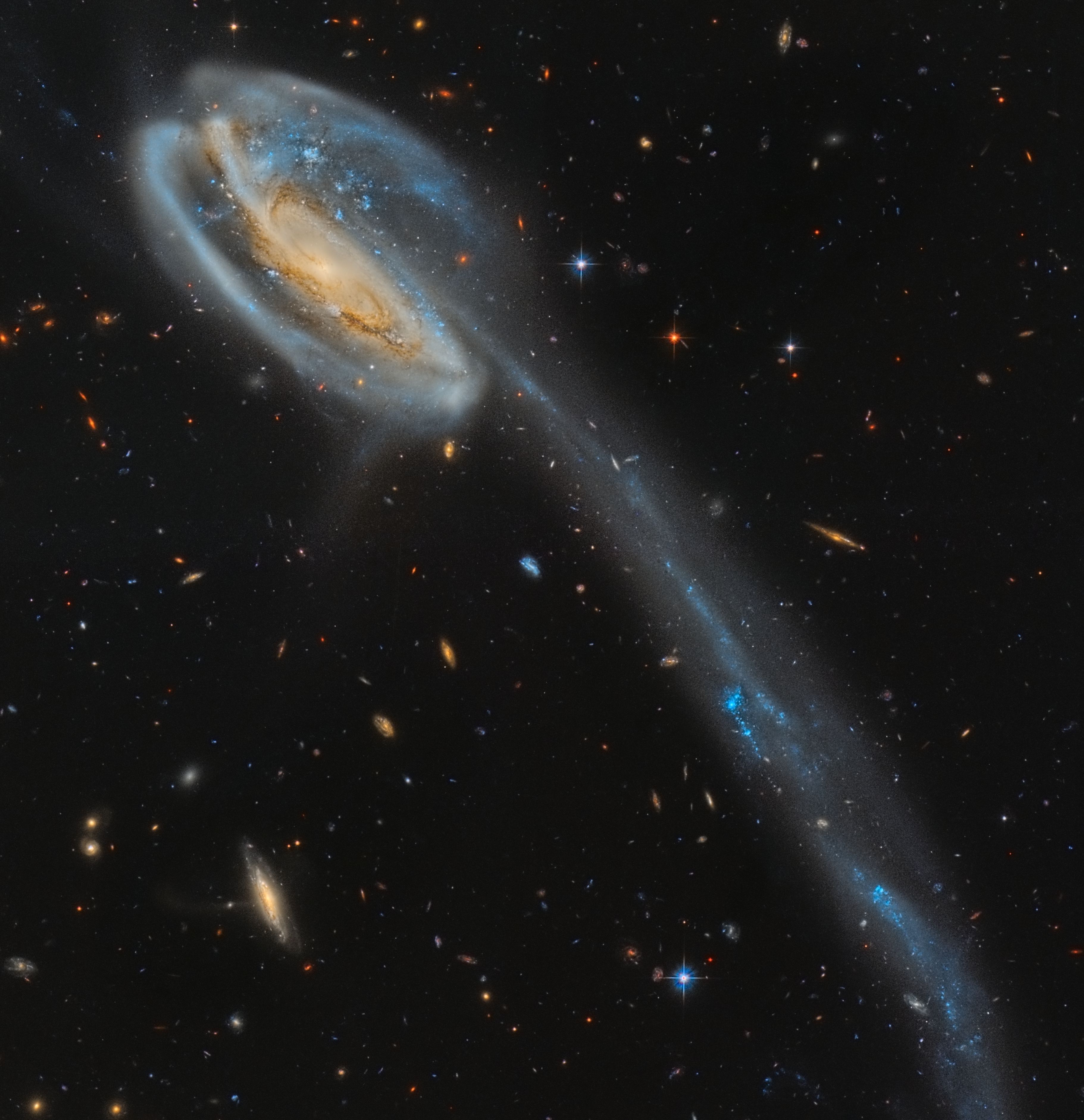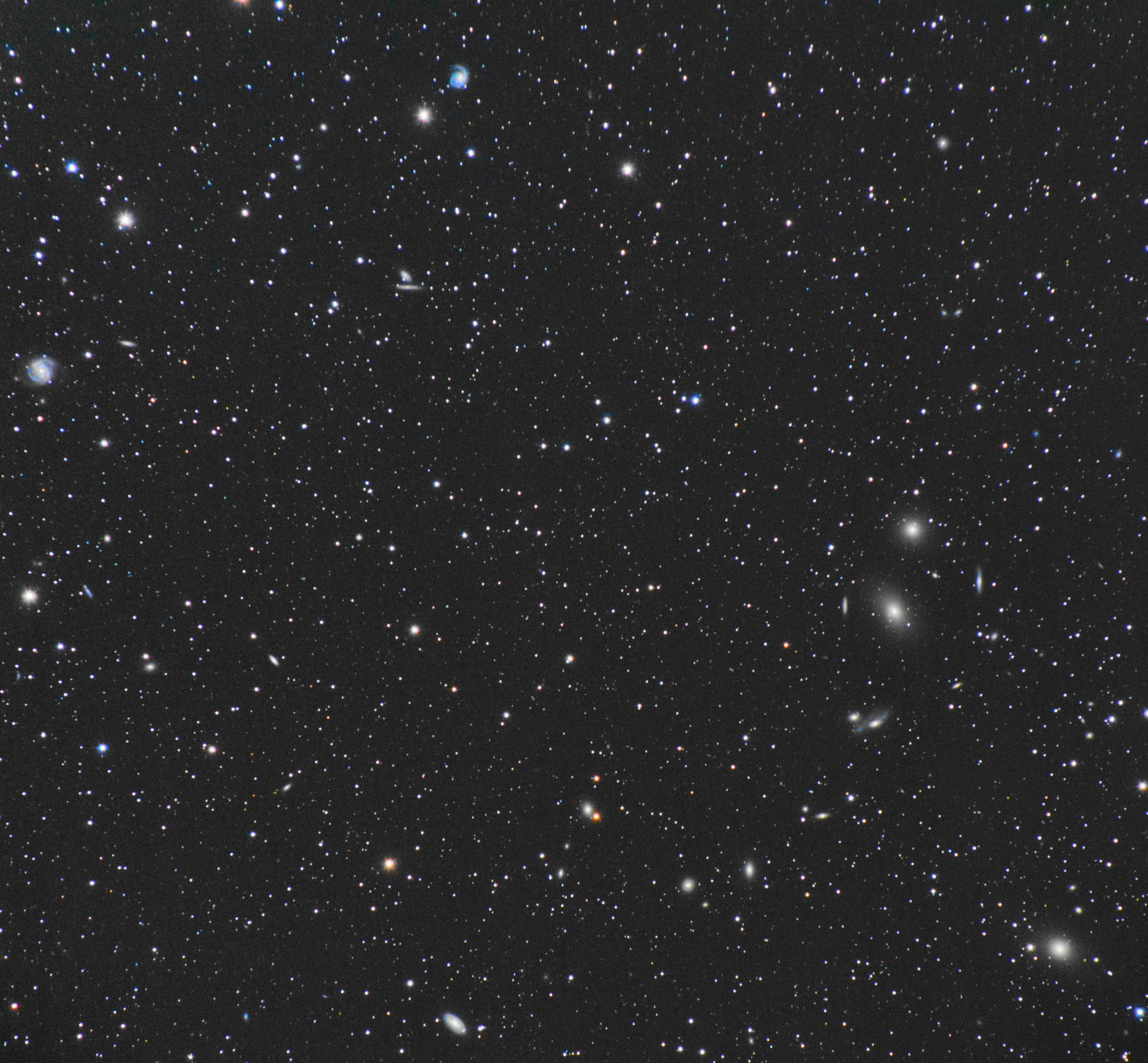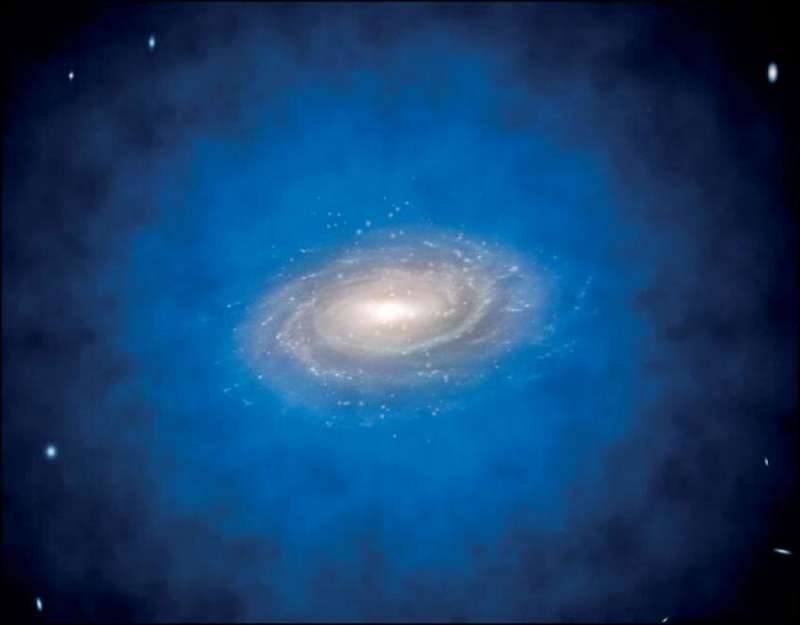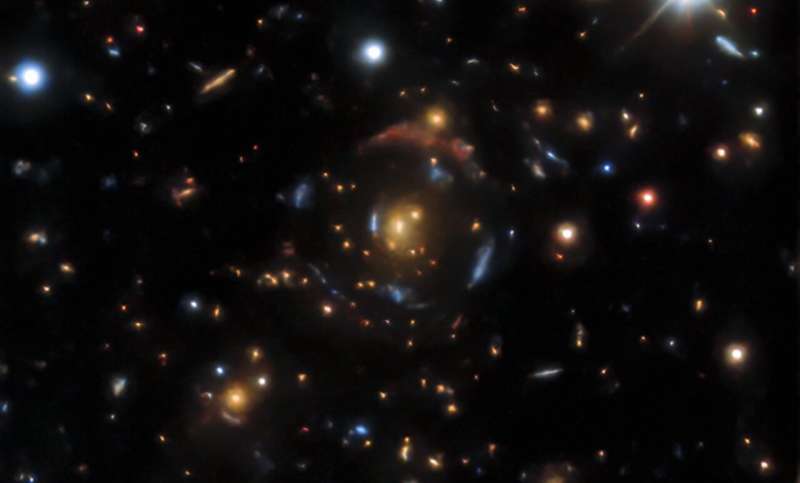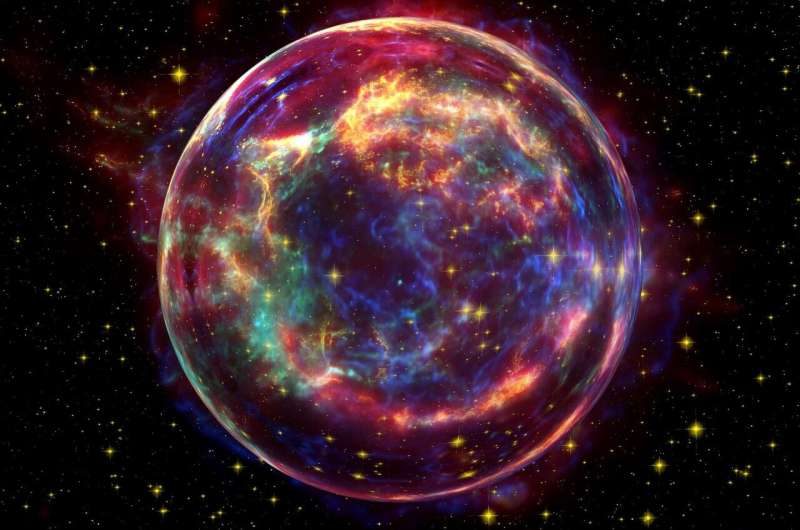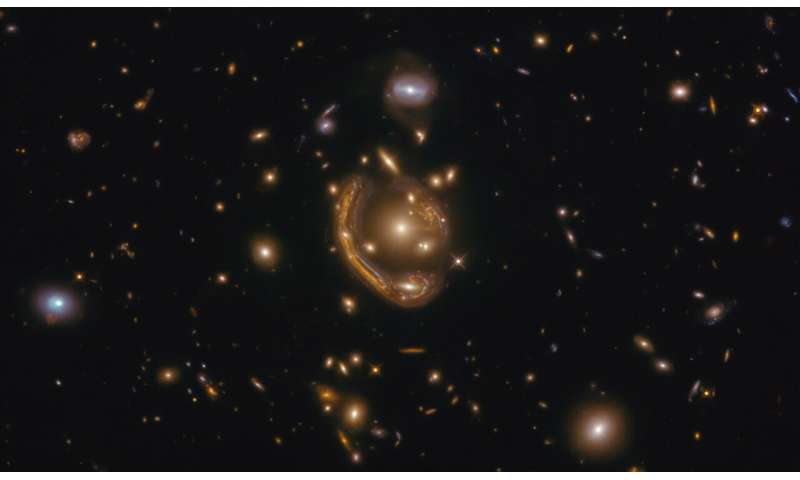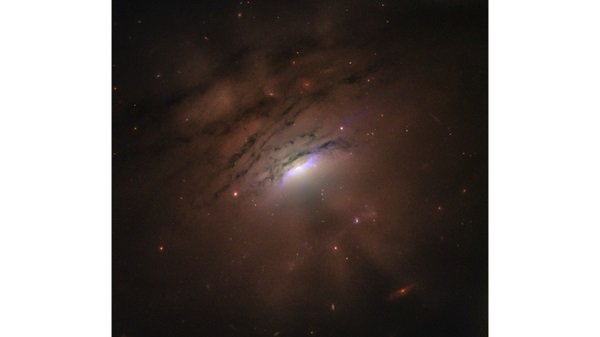ARP 273 from Hubble
This is one of my absolute favorite galaxies, so I had to take a shot at processing it! The whirling spirals, the dark dust lanes, the beautiful colors – Hubble really picked a great target! From APOD’s description (4/21/2011): “The spiky stars in the foreground of this sharp cosmic portrait are well within our own Milky Way Galaxy. The two eye-catching galaxies lie far beyond the Milky Way, at a distance of over 300 million light-years. Their distorted appearance is due to gravitational tides as the pair […]
Read more